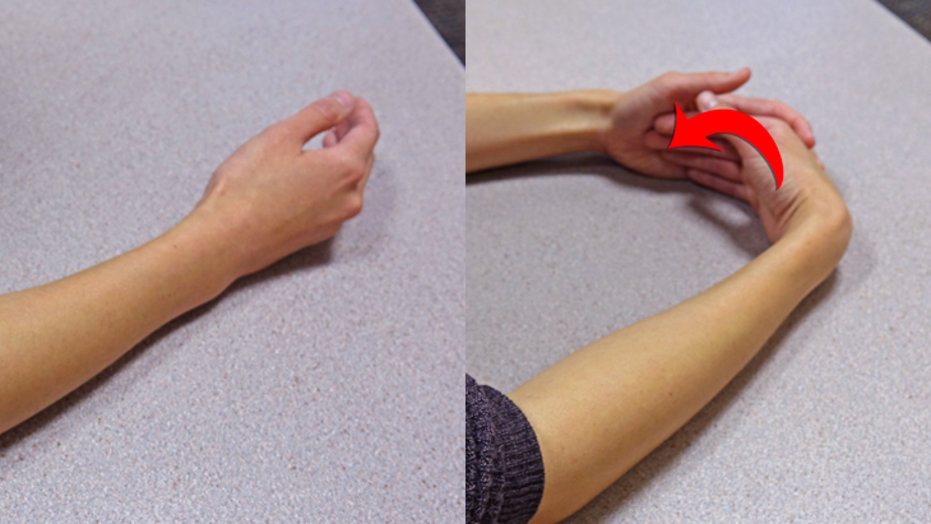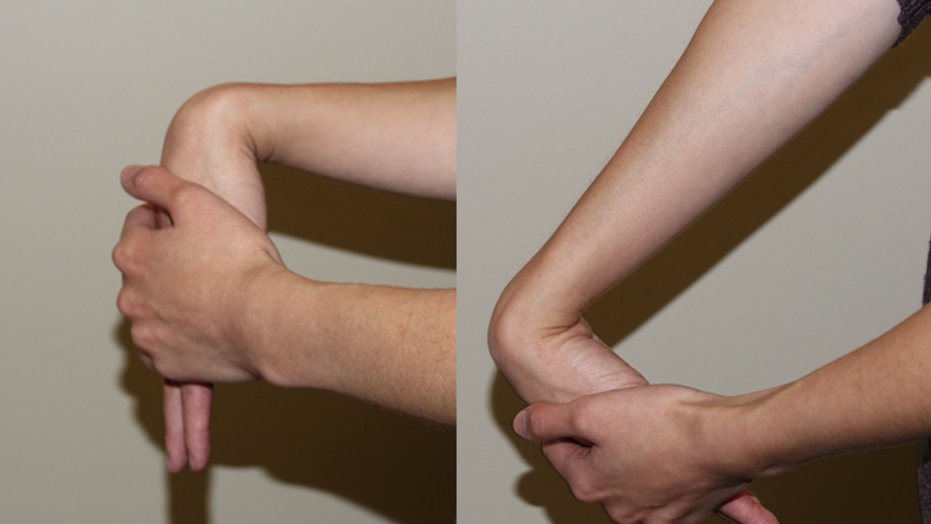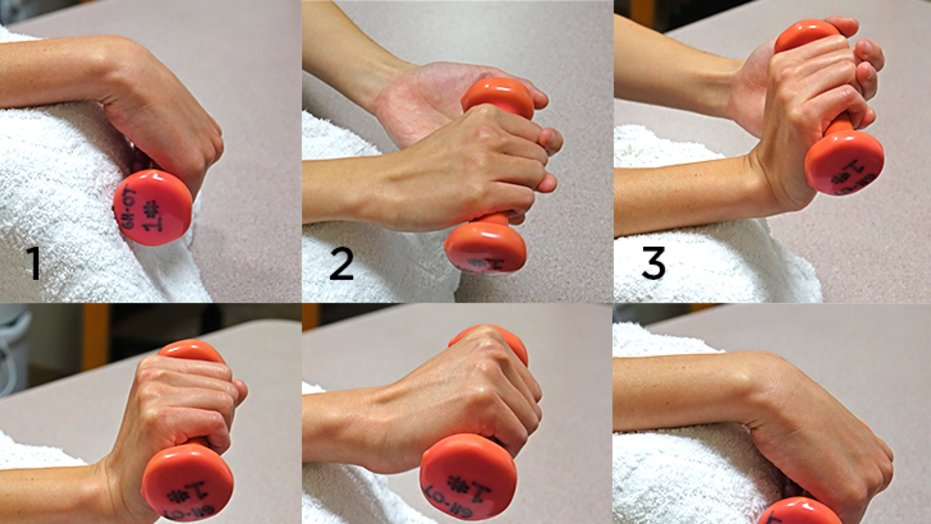
The power of early detection and innovative medicine
Karen’s non-COVID pneumonia diagnosis leads to the discovery of lung cancer and A-fib, taking her on a health journey she never expected.
While repetitive tasks can feel a bit … well, repetitive … they can also put your body at risk for injury.
Perhaps the most well-known injury caused by repetitive work is carpal tunnel syndrome, which is when the major nerve to your hand — the median nerve — is compressed in the wrist.
However, another very common injury starts a little farther up the arm and could be the reason why you have limited mobility in the wrist or are having trouble with your grip.
Lateral epicondylosis, more commonly known as “tennis elbow,” occurs when the tendons and muscles located near the outer side of the elbow start to break down from ongoing strain or improper positioning.
Despite its name, athletes are not the only people who develop this condition. It affects more than 3% of the U.S. population and is particularly common with construction and repair workers, mechanics, cooks and workers who use a computer for the majority of their day.
Symptoms of tennis elbow
Common symptoms include:
Tenderness at the bony part of outer elbow
Pain that radiates from top of the forearm to the outer elbow
Pain with gripping, lifting or twisting
Pain with wrist or elbow motion
Decreased grip strength, especially with the elbow straight
If there is any tingling or numbness in the hand, it may indicate other injuries, such as carpal tunnel.
How to protect your hands and wrists
As with many injuries, prevention is the first line of treatment. Tiffany Chen, an occupational hand therapist at the Sharp Grossmont Hospital Hand Clinic, explains that making simple adjustments in your daily life can help protect your wrist and hands from long-term pain.
She recommends keeping your forearm in a supported, neutral position whenever possible. This means your thumb should be pointing toward the ceiling independently of the elbow popping in or out with help from the shoulder.
Chen also recommends avoiding any position with forearm pronation; in other words, your wrists should be in line with your elbows, not too far out or in on either side. Whether you’re lifting a heavy object or just typing at your computer, keep elbows close to your sides. If you work at a desk or computer, be sure to follow all recommended ergonomic guidelines.
Stretches and exercises to prevent tennis elbow
In addition to being mindful of your elbow and wrist joint positioning, here are some simple movements Chen recommends to help reduce your risk for developing lateral epicondylosis. When performed regularly, these exercises can relieve strain and strengthen the tensor muscles and tendons.
Supported tabletop forearm neutral passive wrist flexion stretch

Support your affected arm on a surface (such as a table or desk) with the forearm in the neutral (thumbs-up) position.
Use your unaffected hand to bend your wrist forward so your hand moves toward your body until you feel a slight stretch. Be sure to stop well before you feel any pain.
Hold the stretch for 10 to 15 seconds. Repeat four to six times per day.
There should be no pain or aches while performing this stretch. If painful during or after the stretch, adjust stretch for less tension.
If you need more of a stretch, stand and change your forearm position to palm down and perform the same stretch. You can gradually extend your elbow until you feel a slight stretch.

Eccentric muscle contraction of wrist extensors

For this exercise that stimulates collagen production, you can use a small weight, approximately 1 pound. This is intended to gently strengthen the muscles that run along the top of your forearm.
This exercise should not be performed if there is existing pain or tenderness in the wrist or elbow.
Support the arm on the edge of a table or armrest with wrist hanging over the edge, palm facing the ground. You can hold a light weight or a tennis ball with the affected hand.
Use your unaffected hand to bring your affected hand up (extending the wrist). Do not actively use your own muscles to extend the wrist.
Once your wrist is fully extended (or the most pain-free range it will allow), then let go with your guiding hand and let your affected hand stay in place.
With controlled release, slowly let your hand return to the starting position. It should take around 10 to 20 seconds for your hand to drop all the way down.
Once a day, perform three sets of five to 10 repetitions within pain-free range.

The Sharp Health News Team are content authors who write and produce stories about Sharp HealthCare and its hospitals, clinics, medical groups and health plan.

Tiffany Chen is an occupational hand therapist at Sharp Grossmont Hospital.
Our weekly email brings you the latest health tips, recipes and stories.